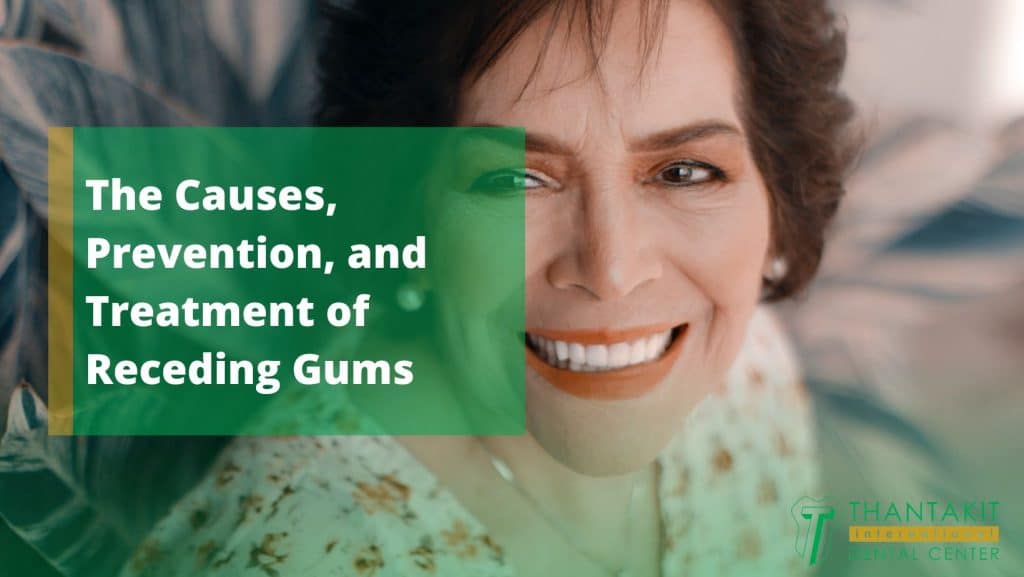Receding gums happen when your gums (ostensibly) recede or pull back from your teeth, like they’re being stretched out like underwear, revealing the tooth roots and underlying jaw more and more.
They’re like fleshy curtains being pulled away, which could spell doom to the periodontal tissue connections between root and socket, leading to loose teeth or your teeth outright falling out.
Page Contents
Symptoms of Receding Gums
You might be suffering from receding gum disease if your tooth roots are exposed. Other warning signs of gum recession include gingivitis and bleeding gums or any gingival infection, as well as these other symptoms.
-
Your gum line is painful or uncomfortable to the touch.
-
You may also feel pain when eating sweets such as candies.
-
When undergoing prophylaxis or dental cleanings, you feel sensitivity or pain.
-
You exhibit tooth sensitivity symptoms, like sensitivity to cold or hot temperatures.
If you ignore these signs, your receding gums can get worse enough to cause various health problems, such as periodontal disease, wiggly or loose teeth, jawbone loss, and outright tooth loss. Consult your dentist for more inquiries.
Causes of Receding Gums
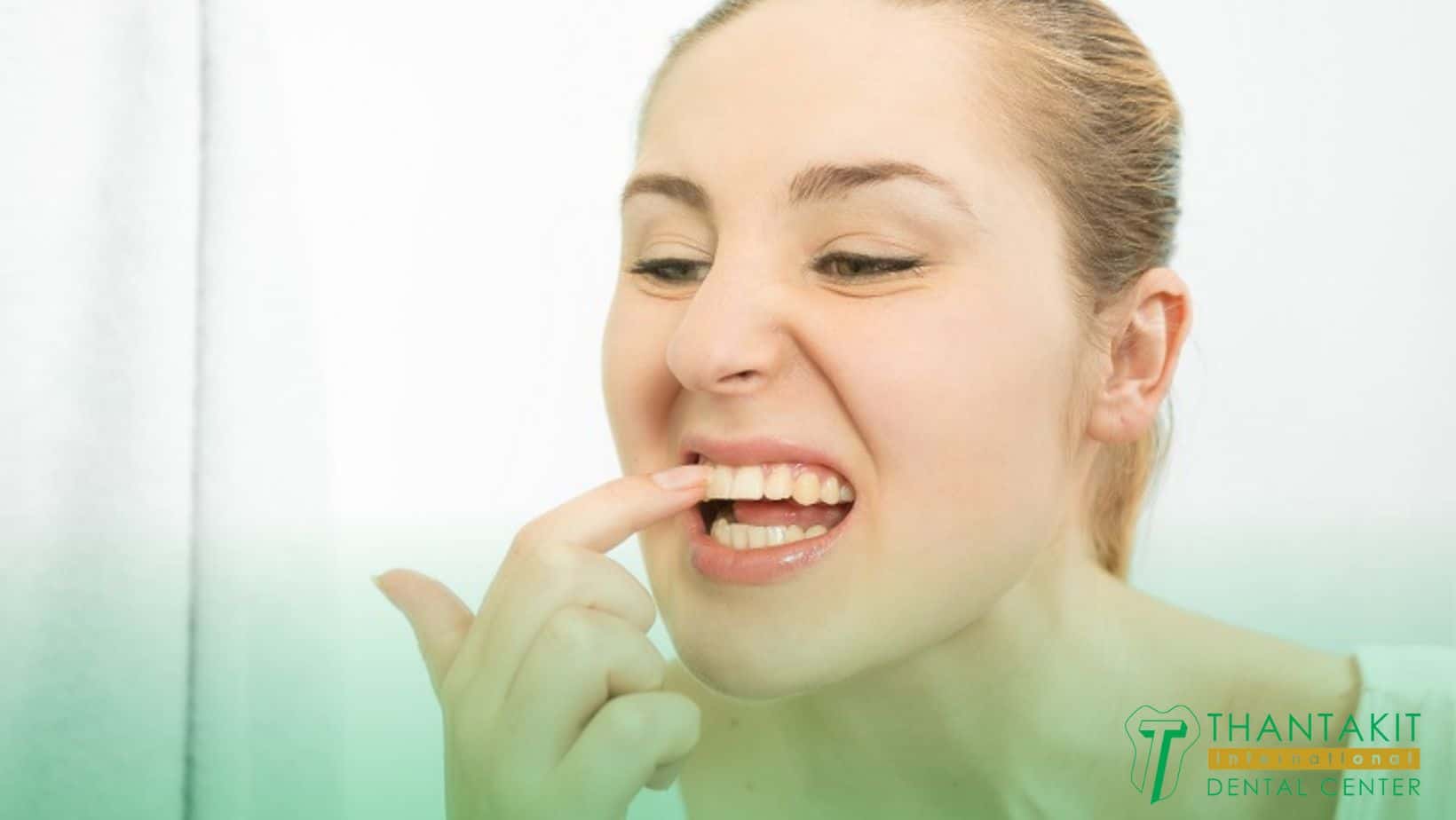
Most of the time, neglecting to clean your mouth contributes the most to receding gums. Being overzealous with brushing can also make your gums recede though, so proceed with your oral hygiene with due caution.
When you consume loads of sweet or starchy foods unchecked, it usually results in bacteria forming into plaque that can then turn into tartar (plaque with calcium deposits or calculus). This inflames your gums to the point of recession.
Your gums can end up receding like an elderly gentleman’s hairline due to the following reasons:
-
Hard Brushing: You brush your teeth too hard. Yes, there’s such a thing as brushing your teeth too hard to the point of making your gums bleed or injured, despite your best intentions of (ironically) avoiding gum problems.
-
Gingival Trauma: Gum tissue trauma. Injuring your “gingiva” or gums by brushing hard, getting clocked with a punch, boxing without a mouth guard, getting into a car accident, and so forth can make gums recede.
-
Plaque and Tartar: Tartar or plaque buildup because you’ve neglected to brush your teeth can also make your gums recede. You should find a balance between aggressive brushing and neglecting to brush.
-
Periodontal Disease: Gingivitis that leads to periodontal disease. You can avoid periodontal disease by reversing the course of your gingivitis or gum disease that regularly gets infected due to hard brushing or neglect.
-
Misaligned Teeth: If your teeth are abnormally positioned, like in the case of partially erupted molars and wisdom teeth, that can create hard-to-reach bacterial pockets and infections leading to gum recession.
-
Chewing or Smoking Tobacco: The use of tobacco as chewing tobacco or by inhalation as cigarettes or cigars can lead to receding gums when push comes to shove. Tobacco is a no-no as far as your gums are concerned.
-
Tongue and Lip Piercings: Pierced lips and tongues can lead to mouth sores and canker sores. If left untreated, these wounds could get infected and lead to gingivitis, periodontal disease, and gum recession.
Other cases have patients end up simply predisposed to receding gum issues, thus necessitating better habits or even dental treatments to deal with potential recession and related complications.
Prevention of Receding Gums
However, can you prevent your gums from receding in the first place? Technically, it’s sometimes unavoidable. However, like with aging and the natural breakdown of your body, it’s an irreversible process that you want to prevent as much as possible.
People with thinning or thin gums need to be extra careful when taking care of their gingival and periodontal health. Risk reduction can take the form of the following anti-recession tactics and gingival care remedies:
-
Gentle Yet Thorough Brushing: Brush your teeth at least twice or more every day. Brush gently but thoroughly. By thoroughly, we mean every nook and cranny of your teeth.
-
Do Some Gentle Brushing: Buy a soft-bristled toothbrush to ensure that you’re brushing your teeth gently without damaging your gums. You can also get an electric toothbrush that brushes your teeth at the recommended pressure.
-
Floss Regularly: Floss at least as much as you brush your teeth. You can use the floss to better directly scrape at film or plaque forming on the enamel surface or shell of your teeth as well.
-
Use Mouthwash Too: Gargle with mouthwash brands like Bactidol or Listerine. Use the antimicrobial ones or even the ones with alcohol content in order to really kill off plaque-causing mouth germs.
-
Schedule Teeth Cleaning: Avail of prophylaxis or even deep cleanings done by your family dentist. Quite a lot of people follow the six-month or half-year rule so that they can clean their teeth twice a year.
-
Early Diagnosis: Regardless of what caused your gums to recede, getting it diagnosed and treated ASAP can assist in the prevention of receding gums and long-term issues with your gingival and periodontal health.
-
Tobacco Consumption: Don’t smoke. Don’t smoke cigarettes, cigars, or tobacco products. Don’t use chewing tobacco either. They could ruin your teeth and make your gums recede. Smoking marijuana in excess could do the same thing.
If you’re seeing any signs and symptoms of receding gums, always consult your dentist first. You can refer to guides like this as a way to get a better idea of what you’re going through, but a paid diagnosis from a professional remains your best course of action.
Non-Surgical Treatment of Receding Gums
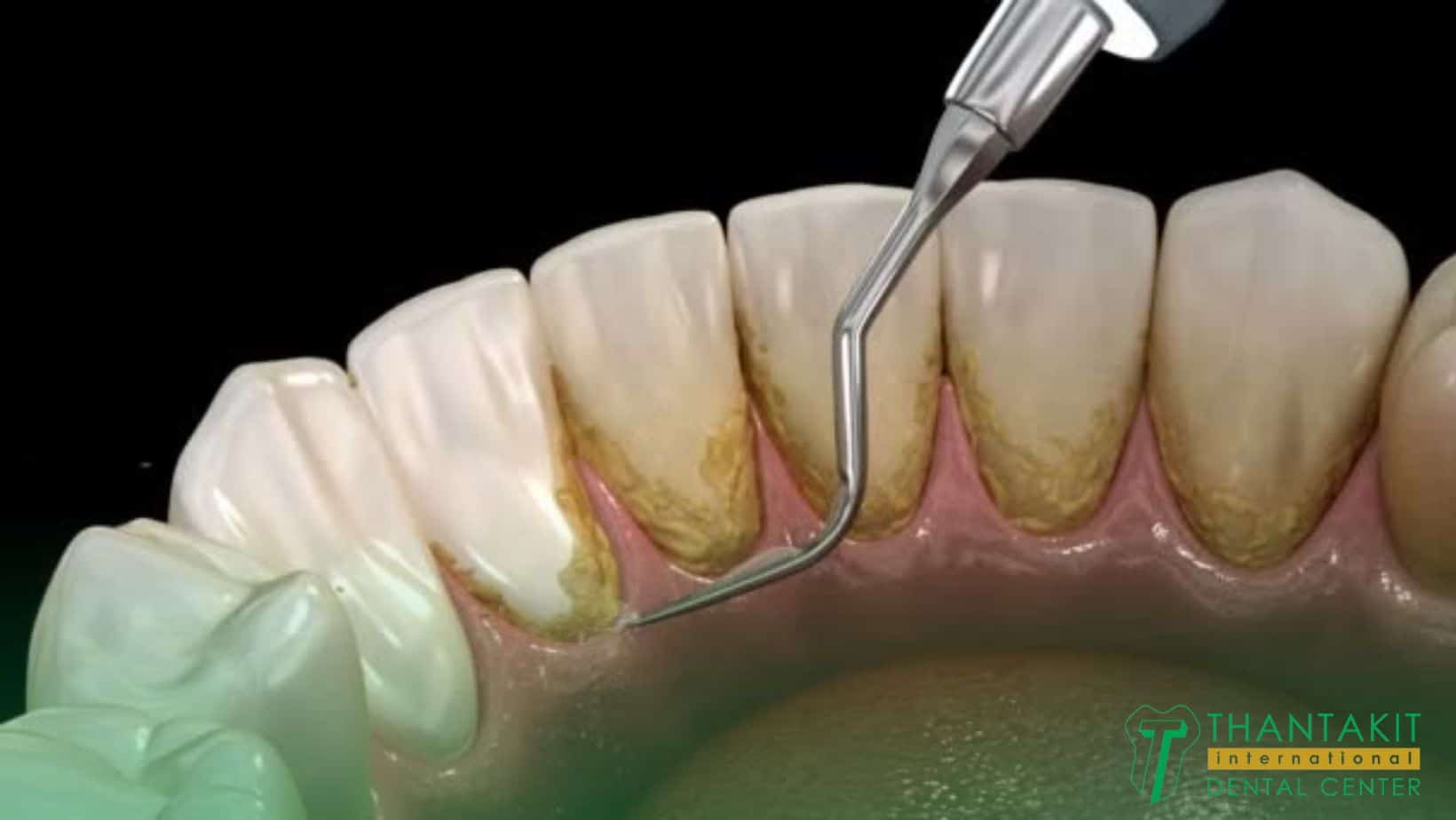
When treating receding gums, it’s mostly dependent on the condition’s root cause. Mild receding gums can be dealt with using non-surgical solutions.
This includes orthodontics, desensitizing toothpaste, topical antibiotics, deep cleaning, scaling, root planing, and dental bonding. Non-surgical receding gums treatments include the following.
-
Deep Cleaning, Root Planing, and Scaling: If the root cause of your receding gums is periodontal disease like periodontitis, your best course of action might be to deal with it using topical antibiotics. Your hygienist or dentist will specifically clean your teeth of the disease.
With the application of local anesthesia, they’ll do some deep dental cleaning in the form of scaling and root planing to remove the diseased portions of the area as well as harmful bacteria hidden under your gum line that’s causing advanced gum disease.
-
Topical Antibiotics: By recommendation of your periodontist, the gum disease might sometimes be treated with the insertion of the topical antibiotic directly underneath the gums for gum disease and periodontal disease treatment. This is best done during deep dental cleaning, scaling, and root planing though.
-
Desensitizing Toothpaste: Desensitizing toothpaste of any brand is specifically formulated to alleviate your suffering when you have receding gums and exposed tooth roots with only a cementum layer covering them.
You should specifically search for agents like strontium chloride, arginine, stannous fluoride, and/or potassium nitrate on the list of desensitizing toothpaste ingredients. They assist in cooling down aggravated tooth nerves. It takes weeks for the toothpaste to work so it’s best to use them for long-term desensitization.
-
Dental Bonding: For both aesthetic and functional purposes, the dentist can camouflage the receding gums area with composite resin that’s the same color as your teeth. Yes, the same material used for tooth filing. It covers the tooth root to desensitize and protect it from exposure due to your receding gum line.
-
Orthodontics: Strangely enough, the dental art of straightening out crooked teeth to correct overbites, underbites, or jaws that jut out can assist when it comes to receding gums. It’s because rotated, tipped, or uneven teeth can also recede gums.
In the cases wherein crooked or uneven teeth have caused your gum line to recede, you can use braces to correct the error and put your gum line back in place. After the tooth has or teeth have been moved into proper placement, the gum line might adjust in due time.
Surgical Treatment of Receding Gums
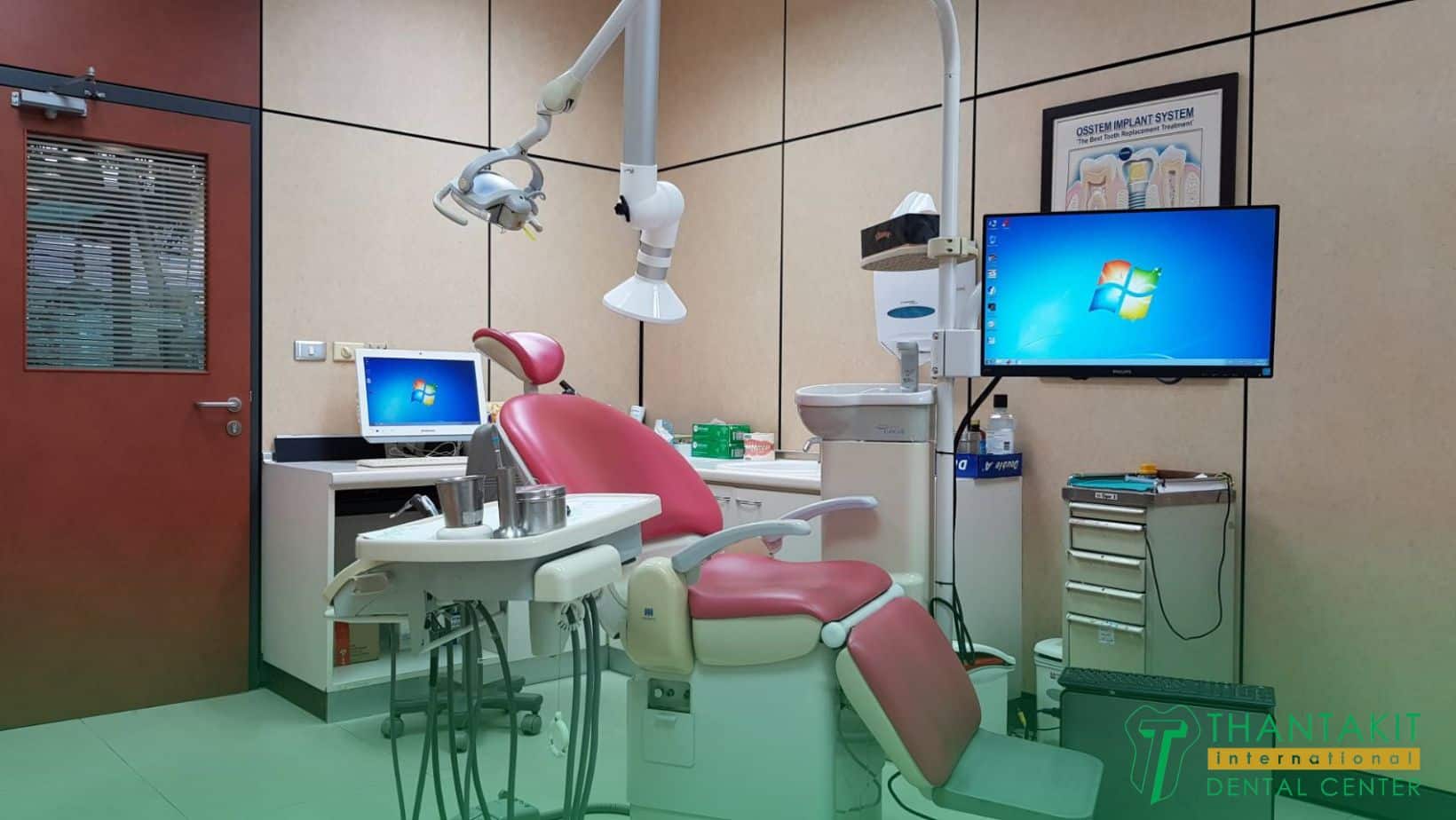
However, in a large number of cases, surgery might be called for to “reverse” receding gums by implanting gum grafts to solve the issue.
It’s not unlike how if you have severe receding hair, you either opt for a toupee or hair implants. Nevertheless, unlike receding hair, receding gums have functional consequences and pain involved, thus making surgery more of a priority than a cosmetic procedure.
Surgical solutions entail the following considerations.
-
What is Gum Recession Surgery? Gum recession surgery typically involves surgically implanting gum grafts to receding gums to pull back the recession with new gums, which in turn should hopefully heal the damage done by the recession.
Gum grafting is the proven and most enduring of your gum recession solutions. Usually, the gum specialist or periodontist surgeon does the surgery themselves since it requires a specialist for it to get done properly.
-
How Does Gum Grafting Work? During gum grafting surgery, the graft is implanted on the absent tissue or the exposed parts of your jaw where the gum line has receded. The graft usually originates from the roof of your own mouth. It might also come in the form of sterilized gums of human donors.
After gum graft placement, the periodontist stitches the graft with the receded gums like linking a tear in the cloth by stitching extra cloth over it. You actually have several gum grafting options to choose from. The modern grafting surgery is also minimally invasive compared to grafting in the past.
-
How Long is the Gum Grafting Recovery Period? The recovery period for gum grafting depends on multiple factors. This includes the origin of the graft (if taken from the roof of your mouth, then that area needs healing too) and the number of treated teeth.
The type of grafting procedure can also determine how long the recovery time after surgery. For the most part, patients who’ve undergone gum grafting can heal up in about two weeks barring any complications.
-
What Should You Expect After the Surgery? The periodontist will give you detailed instructions after the operation. Follow them carefully in order to ensure that your recovery is a complete success without any pain or discomfort afterwards.
To avoid getting to the point of requiring gingival grafting and deep cleaning, you should be careful about letting the plaque and tartar buildup on your teeth go beyond the point of no return. Their bacteria can make your gums chronically infected, inflamed, and sore, leading to periodontal disease.
Outlook or Prognosis of Receding Gums
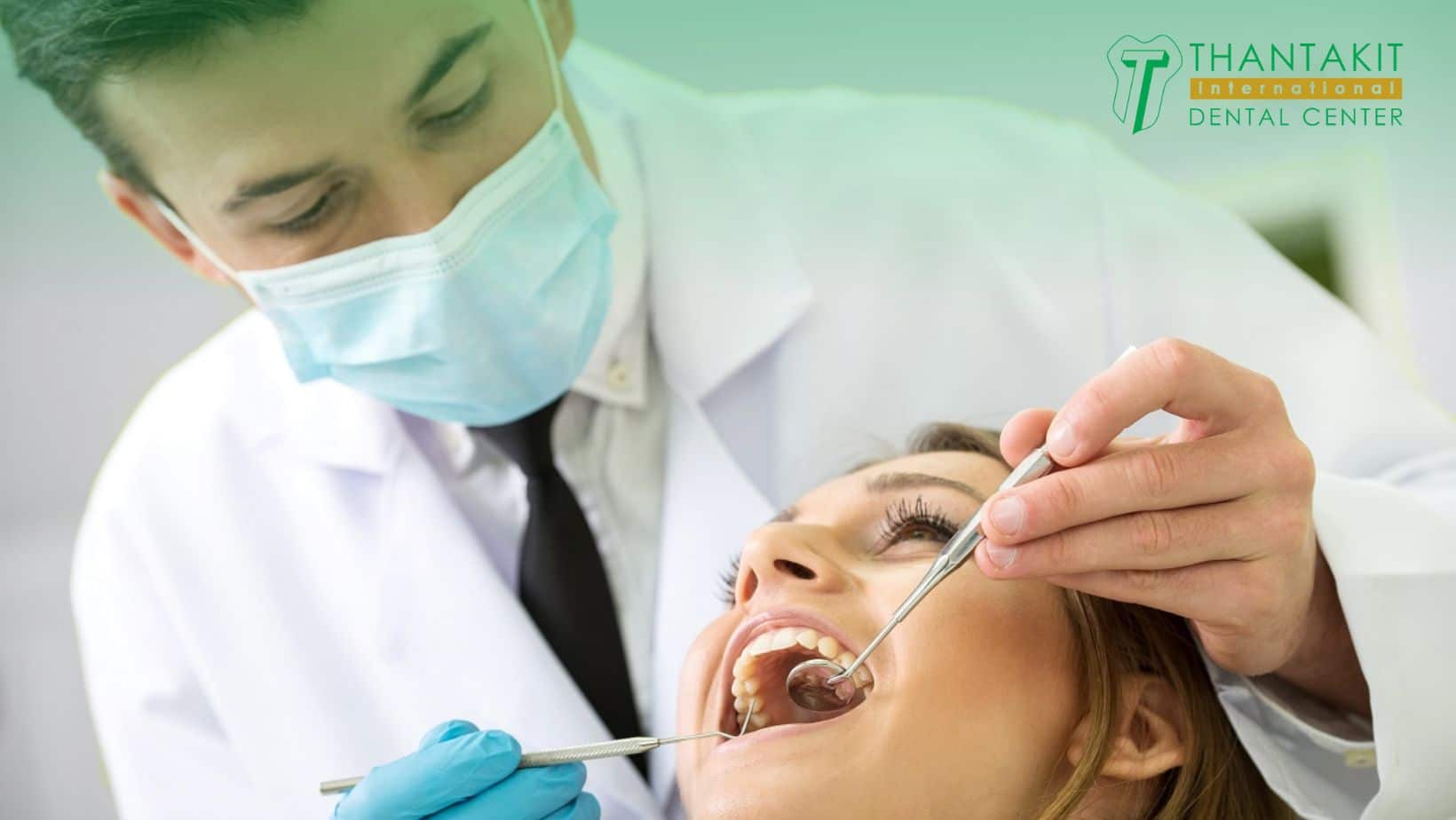
If you’ve neglected your oral health to the point where you have too much bacteria, tartar, and plaque on your teeth, this can result in tooth decay and gum disease or gingivitis. Oral hygiene is a must for you to stay on top of dental and gingival maintenance.
-
What to Expect from Receding Gums: If your dentist says you’re suffering from a mild case of receding gums, you might be recommended several treatments that don’t require surgery. This includes dental bonding and topical (as in directly on gums) antibiotics.
As for medium or heavy cases of receding gums, your dentist will give you a periodontist referral. Contact that periodontist in order to get started with what’s known as surgical gum grafting. You might also be referred to an oral surgeon as well.
-
When Should You Consult a Dentist? As soon as possible. In particular, talk to your dental doctor if your teeth have become more sensitive to heat or cold as well as pressure. Ditto if you can now see more of your tooth roots than before.
Receding gums can lead to periodontal disease, which includes symptoms like loose or wobbly teeth. It’s imperative that a dentist is called as soon as you detect any recession issues. The quicker you address the problem the more favorable its outcome.
-
Why Does Receding Gums Cause Tooth Sensitivity? Your teeth and/or gums may feel more sensitive to temperature or pressure due to receding gums. Now that your teeth’s roots aren’t shielded by gums and enamel, they become more vulnerable.
Roots only have a layer of cementum covering them, which isn’t as resilient as the hard outer tooth shell. Meanwhile, the upper parts of the tooth have a dentin layer below the enamel shell, which when exposed also causes pain.
-
How Can You Deal with Recession-Induced Sensitivity? To deal with tooth recession complications like tooth sensitivity due to exposed roots and possible periodontitis, you might be given a prescription for a toothpaste that desensitizes your teeth.
Your dental doctor can also put what’s known as fluoride varnish and similar desensitization applications on the exposed roots for the sake of pain reduction linked to gum recession. A hygienist can also apply numbing agents during prophylaxis cleanings too.
-
Can Receding Gums Grow Back? No, once the gums have receded, they won’t naturally grow back. You’ll have to pay extra for gum grafting to get back to your original gum health.
It’s the same way you have to pay for dental implants to get natural-feeling crowns to replace your missing teeth. On that note, can you cure receding gums? No. You can only manage it.
Particularly severe cases require gum grafting because of how irreversible gum recession can get. Don’t forget that an ounce of prevention is always better than a pound of cure.
It’s a Wrap
Gingival recession happens because of various causes, which includes overly aggressive use of hard-bristled toothbrushes, smoking tobacco, or genetically thin gums. To treat receding gums, use medicine like antibacterial mouthwash, antibiotics, or surgical solutions.
Once your gum recedes you can’t reverse it (hence the need for gum grafting). However, treatments exist to prevent it from happening or to keep it from becoming even worse than before.
Thantakit International Dental Center is Thailand’s longest established dental center. Situated in Bangkok, our clinic is renowned across the world as a destination for world-class dentistry, with most of our patients flying to us from Australia.
Please contact us today and get a FREE dental consultation.











